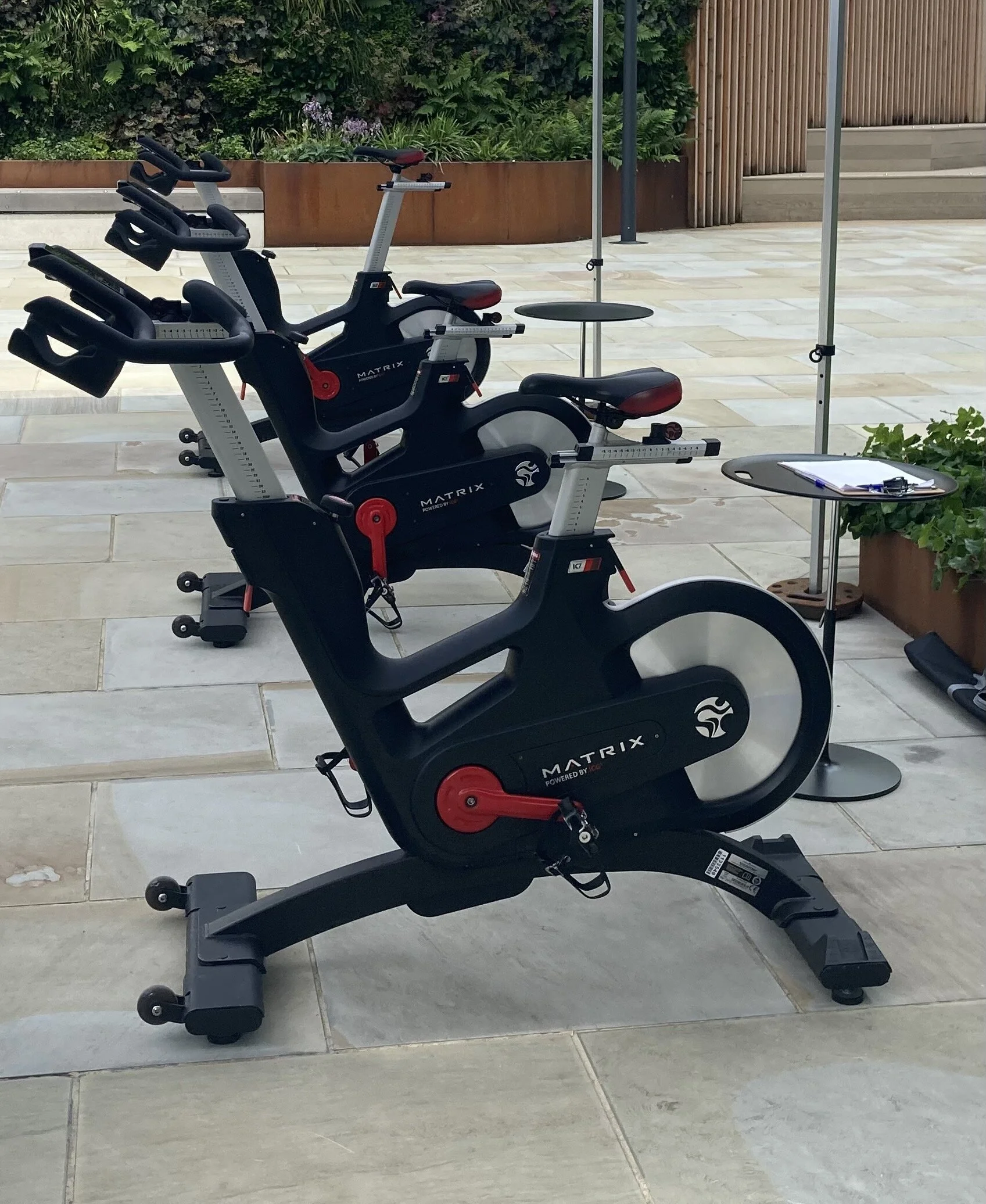Significant health benefits for inactive heart patients who become active
A meta-analysis involving 33,576 heart patients found that becoming active in later life was almost as beneficial to the survival of heart patients as continued activity. The analysis of 9 longitudinal cohorts assessed patients at baseline and follow-up classifying patients as active or inactive. The definition of active v inactive was in line with current exercise guidelines for healthy individuals - at least 150 minutes a week of moderate intensity or 75 minutes a week of vigorous activity (or a combination of both).
Researchers from the University of Bern, Switzerland found significant benefits to heart patients that were physically active regardless of previous exercise habits. Individuals were divided into 4 groups, according to their activity levels at baseline and follow-up, the average age was 62.5 and 34% were women. Group 1 was defined as inactive over time, Group 2 as active over time, Group 3 as those who increased activity over time and Group 4 as those who decreased activity over time.
The researchers found that compared to individuals who were inactive over time the risk of all-cause death was 50% lower in those who were active over time, 45% lower in those who were inactive but became active and 20% lower in those who had been active but became inactive.


